To learn programming languages you need a computer and specialized software. To study radio engineering you need a soldering iron, oscilloscopes and other devices. And what equipment is needed if you are engaged in biomedical engineering? Let's figure it out.
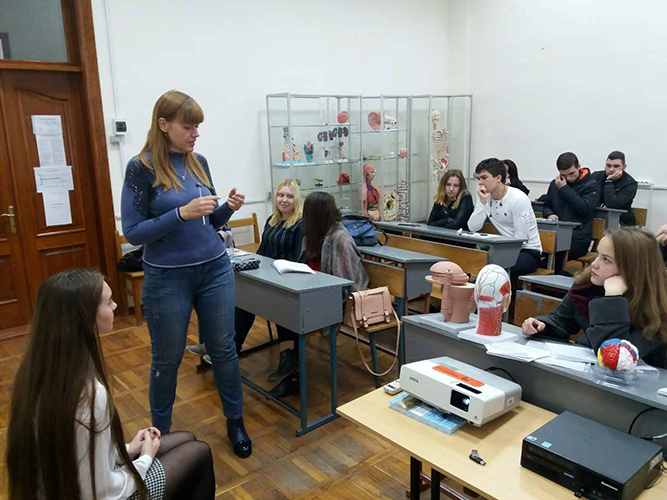
First, let’s make it clear. This is the Department of Biomedical Engineering, which specializes in research and development of electronic devices and software in the field of medicine. The activities of the department are related to nanotechnology, pharmacology, healthcare and ecology. The specialty that students study in this department is called Biomedical Engineering (BMI), the code is 163, and the specialization is Biomedical Engineering.
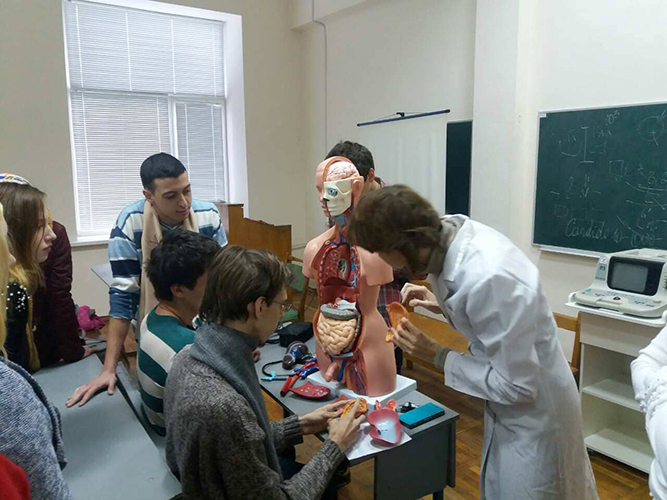
The peculiarity of this direction is its interdisciplinary nature. Students receive fundamental engineering training, and also study a number of biomedical disciplines, including biology, biochemistry, anatomy, physiology, clinical medicine, micro and nanotechnology.
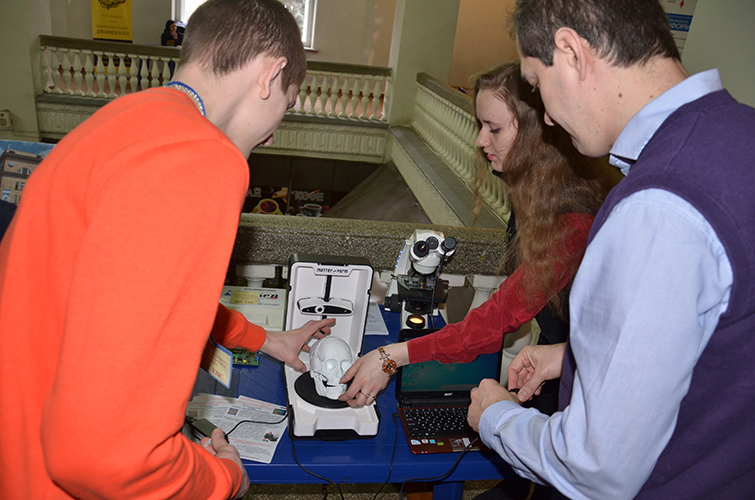
KNURE Open Doors even table can be recognized by the characteristic feature of the department: on the table are mock-ups of human bones and joints, and next to it is a human skeleton.
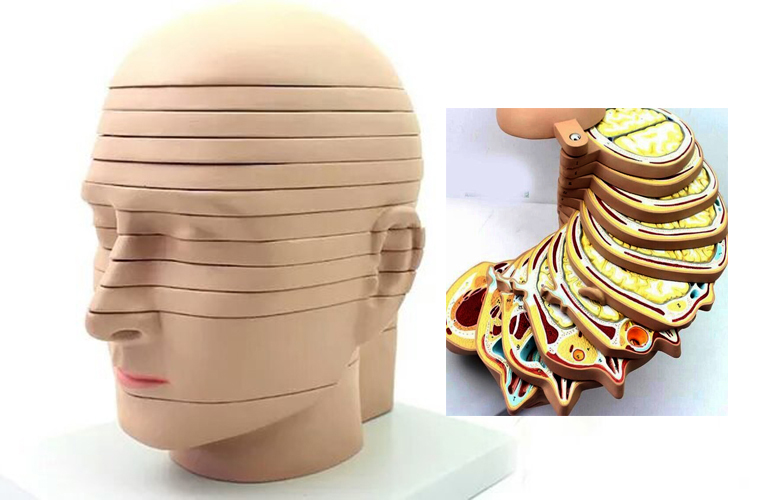
In October last year, the department acquired a training model of the human head for studying the tomographic anatomy, structure of the human skull and brain in full size on sections in axial projection.

This year, full-scale models for the study of human joints arrived. The exhibits will help carry out scientific work in the framework of projects related to the development of intelligent technologies for medical rehabilitation.
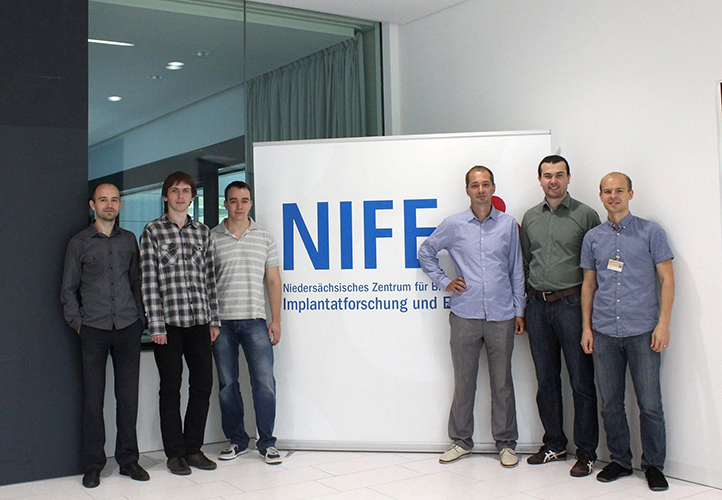
And they were received as part of the DAAD and Erasmus + International Projects.
BMI laboratories are more like a private medical laboratory where you can go through diagnostics from head to toe and see any sore.
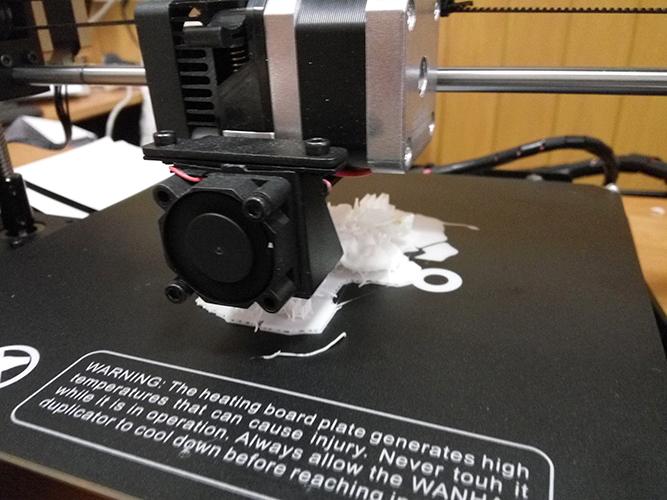
Among other things: the Duplicator i3 V2 3D printer on the Prusa base platform, with the ability to print with almost all available types of plastics; 3D scanners, microscopic and thermal imaging equipment. The most expensive equipment is ultrasound machines and other devices for examination.
One of the latest devices that appeared at the department is equipment for diagnosing skin diseases, in particular, luminescent analysis of the condition of the face after performing cosmetic procedures. Such equipment allows students to demonstrate the principles of modern diagnostic equipment, conduct scientific work on improving information technology for automated analysis of diagnostic data, and develop appropriate software.

"Biomedical engineering is an instrument specialty. Now we plan to open an anatomical class, we are creating a laboratory for the diagnosis of inclusive education especially for the hearing impaired and visually impaired," says Oleg Grigoryevich Avrunin, professor, head of the BMI department.

The 21st century is the century of human research, says Oleg Grigorievich. And for quality research, the latest equipment is needed. Students will be able to use the knowledge gained, creating devices and developing new methods that contribute to improving people's health and quality of life.
In the Center for Education of Students in a Foreign Language of KNURE, bachelor's training of foreign citizens in the specialty of biomedical engineering and training of masters is carried out.
Anastasia Dmitrenko



